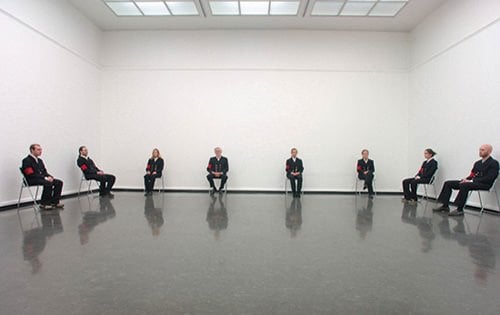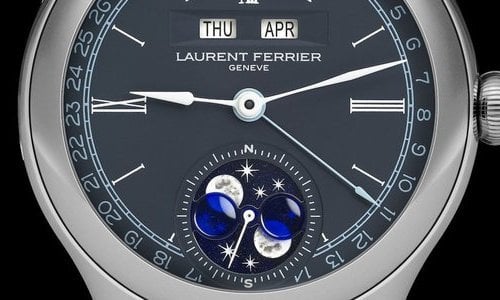Upon my return from a trip to São Paulo, an incredible metropolis of nearly 20 million people (or, about three times the size of Switzerland), I couldn’t shake off the nagging feeling that, inexorably, historically, Europe is on the decline. The youth of the world, its heartbeat, its dynamism, its velocity and its boldness are elsewhere—in Brazil, in Asia and even soon in Africa.
Blinded by our ethnocentrism, we do not yet realise that the world has really become multi-polar and that new economic and cultural changes are creating a new geography. Thus, for example, we learn that the new African elite have chosen, in great numbers, to complete their university studies not in Europe or the United States, but in Brazil. One example among many, this illustrates the new fabric being woven, a fabric that does not include the “West”, a region in stagnation, or more precisely, one that is turning into a museum.
Watchmaking is a very paradoxical example of this. Essentially concentrated in Switzerland, it is dynamic, inventive, still in full bloom and is a source of new employment (4,000 jobs were created in the second half of this year). The Swiss industry—anything but in decline—seems at first glance to contradict the preceding statements. But wait! Isn’t watchmaking also emblematic of a form of fallback into a rich but strongly defined territory, that of “luxury”? The objects it produces, continuously more expensive and more coveted (between 2001 and 2011, the average export price of a Swiss watch nearly doubled, rising from CHF 367 to CHF 650), are also intended for an increasingly affluent clientele.
The spectacular increase in export sales (passing during this same period from CHF 9.660 billion in 2001 to more than CHF 19 billion in 2011) has been due not to an internal dynamism in Europe, but rather to the impressive economic growth of the so-called (for how much longer?) “emerging markets” that has resulted in a new affluent class of consumers and a hitherto non-existent middle class.
In a way, the world has turned upside down—or is in the middle of a reversal—and, in this new geographical map, Europe, with its splendid cities, its magnificent countryside and its art de vivre, is becoming a museum of continental proportions. It is a museum-manufacture where original and invaluable skills endure, but one that provides only objects of pleasure for the world, goods intended for the new leaders who now reign over the global economy.
The contrasting situations of Swiss watchmaking (having fully succeeded its move up market by reviving the apparently obsolete technology of mechanical watches) and French watchmaking (that remains, contrary to French fashion, confined to the mid-range with a loss of its economic strength) clearly demonstrates that Europe is now “constrained” to produce only luxury goods if it wants to succeed. The danger of this particular position is that of a gradual “museumification”. The European “museum” is still rich. Yet, we know that—without maintenance and opening up to a larger public—museums become covered in dust, only to finally end up abandoned.
|
Source: Europa Star October - November 2012 Magazine Issue





